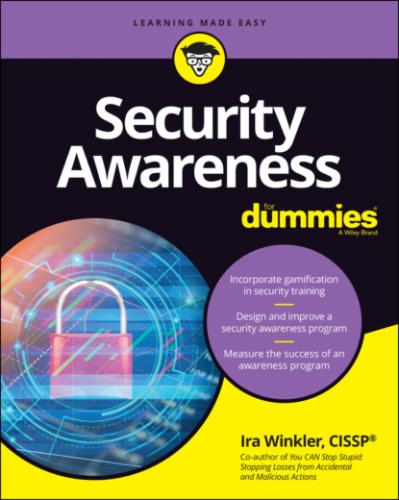Entertainment has its place. Contests are useful for engagement. Humor can enhance engagement. Giveaways are fun and can provide reminders of awareness messages. But the purpose of a security awareness program is to change and improve security-related behaviors. Your efforts should focus on those efforts and formats that contribute to behavior change.
Unfortunately, I have seen many awareness efforts that lead with humor. The users like it, if it’s done well; however, it doesn’t mean that it has the desired impact, which is to change behaviors. You don’t want to bore the audience, but you do want them to take your lessons seriously and apply the information.
There’s nothing wrong with telling people sometimes that they have to do something because they simply have to do it. You’re paying them to perform a function. In other departments, such as accounting and human resources, people know that they might be fired or that they won’t get paid if they fail to do certain things, such as properly fill out a time card. You can do the same with security responsibilities.
Understanding the Role of Security Awareness
Awareness is just one tactic within an overall strategy to reduce the risk associated with user-initiated loss. If you’re in charge of your organization’s overall efforts to mitigate user-related loss, you need to consider awareness as one tool in your arsenal. If you’re responsible solely for awareness, you need to understand your place within the overall loss-reduction strategy.
Users can fail only if the technology around them provides them with the opportunity to fail. A user can’t click on a phishing message, for example, unless all the antiphishing technologies in place failed to filter the message in the first place. Of course, technology fails significantly less often than users fail. For this reason, you need to either frame your efforts accordingly or work with the teams that provide the users with the environment.
Here are some ways other teams can help:
Work with the teams that provide the technical security environments to reduce the opportunities presented by the environment for users to initiate losses.
Work with the teams that manage the technology that anticipates harmful user actions, such as data leak prevention tools, to mitigate the harm from the actions proactively.
Work with the operations team to see how users’ actions can be better defined to avoid the initiation of losses.
Chapter 3
Applying the Science Behind Human Behavior and Risk Management
IN THIS CHAPTER
When you create a security awareness program, or any awareness program, you’re attempting to influence group behavior throughout an organization. The success of your program depends on the reliability of the science and the theories you base your assumptions on.
As I say throughout this book, perfection and universal applicability are myths of the security profession; they don’t exist. I have found, however, that the sciences described in this chapter work more consistently than other flawed but commonly held ideas, such as those that can cause the difficulties I cover in Chapter 2.
As you see in this chapter, you gain the most benefit for your awareness efforts by consulting sciences that influence (or attempt to influence) crowd and organizational behaviors. You need to understand the sciences of how people think and behave only to the extent you need to know to do your job properly.
Achieving Common Sense through Common Knowledge
The greatest criticism I seem to hear about security awareness is that it’s all common sense. It’s common sense to know not to click on certain emails. It’s common sense to know that the tax service won’t call you to persuade you to give them a credit card number to pay a bill immediately. And so on. Going back to my psychology lessons, the response that comes to mind is this: “You can’t have common sense without common knowledge.” To a large extent, security awareness is about creating common knowledge (stuff that everyone truly knows) so that users can exercise common sense (perceived good judgment in practical matters).
People within an organization generally assume that what is common sense for them is common sense for everyone. But within the group, people often lack the common knowledge required to share common sense understanding.
In cybersecurity, people without a technical background definitely lack the knowledge that people within the IT or security professions possess. You need to account for this fact when building your assumptions. You must understand where common knowledge does (and does not) exist among the individuals within the group whose behavior you want to influence.
When you approach the design of your awareness programs, ask yourself, “Is this fact or idea common knowledge, and should it be?”
